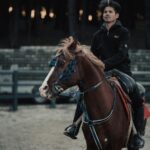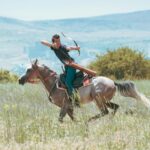Horses are magnificent creatures that have shared a profound relationship with humans for thousands of years. Unlike many domestic animals, horses are prey animals with instincts that make trust a precious and sometimes challenging gift to earn. Developing a deep bond with your horse isn’t just rewarding—it’s essential for safety, performance, and mutual enjoyment. This relationship doesn’t happen overnight but requires patience, consistency, and an understanding of equine psychology. Whether you’re a new horse owner or looking to strengthen an existing relationship, this guide will walk you through key practices that foster trust, respect, and connection with your equine partner.
Understanding Equine Psychology

Horses are prey animals whose survival in the wild depends on their ability to detect and flee from danger. This fundamental aspect of their nature influences every interaction they have with humans and their environment. When a horse seems “spooky” or resistant, they’re often responding to instincts deeply ingrained in their DNA over millennia of evolution. Understanding that your horse’s reactions come from a place of self-preservation rather than stubbornness or defiance is the first step toward building trust. Horses are also highly social herd animals that establish clear hierarchies and communication systems among themselves. By learning to “speak horse” through body language and consistent cues, you begin to bridge the communication gap that can otherwise lead to misunderstandings. Remember that horses live in the present moment—they respond to how you behave now, not to your intentions or past actions.
Spend Quality Time Together Without Demands
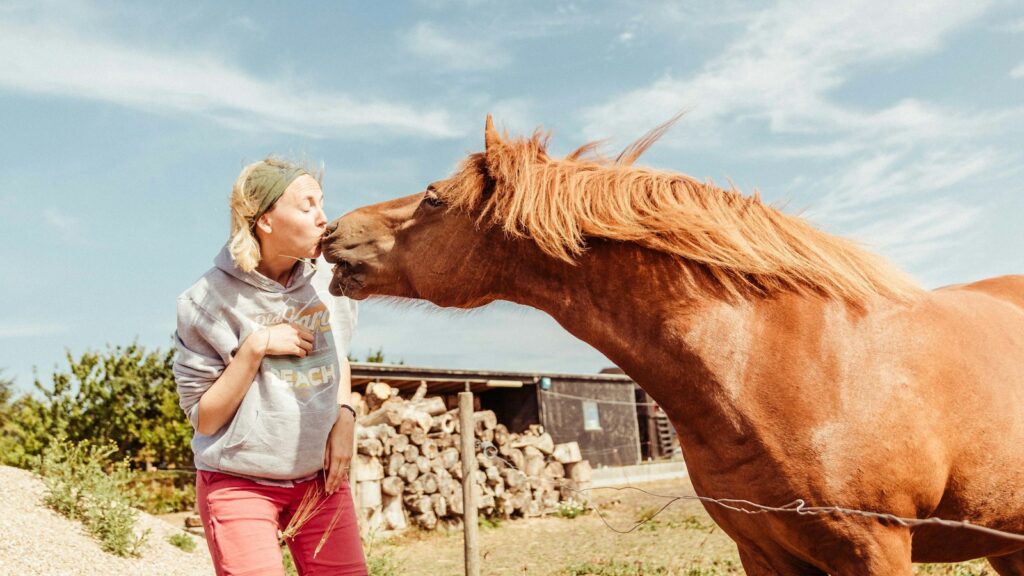
One of the most overlooked aspects of building trust with horses is spending time together without any agenda or training goals. Consider simply being present in your horse’s environment without making demands—sit in their stall or pasture while reading a book or quietly observing them. This pressure-free time allows your horse to satisfy their natural curiosity about you without feeling threatened or pressured to perform. Grooming sessions offer another excellent opportunity for bonding without demanding work, as most horses enjoy the social aspect of mutual grooming that mimics their natural herd behaviors. Watch how your horse responds to your presence over time—initial wariness should gradually transform into relaxed acknowledgment and eventually eager recognition. These quiet moments build the foundation for a relationship based on comfort and trust rather than performance and obligation.
Develop Clear and Consistent Communication
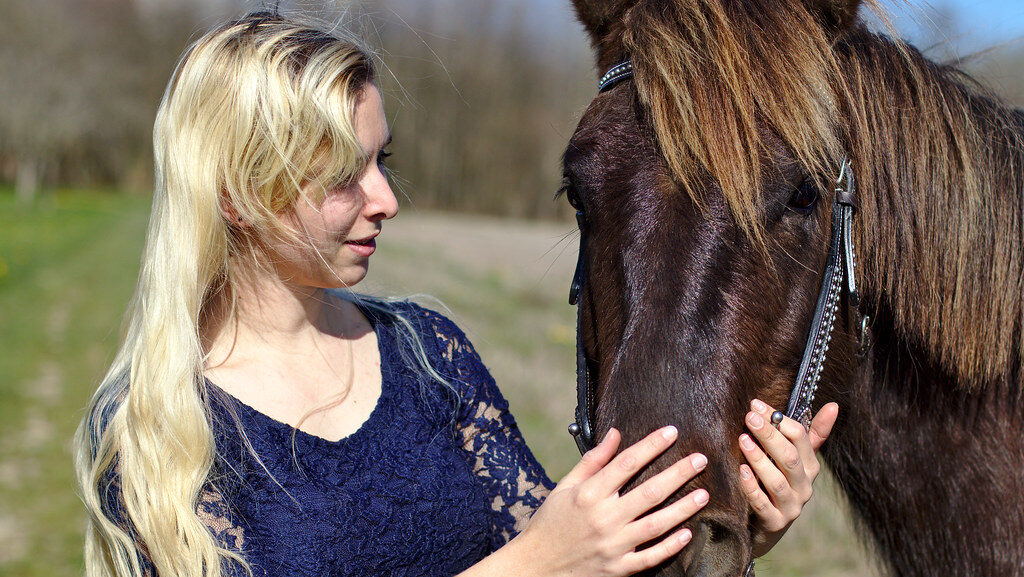
Horses thrive on consistency and clarity in communication, finding security in understanding what to expect from their human handlers. Establish consistent cues for every request you make of your horse, whether it’s moving forward, stopping, turning, or transitioning between gaits. When your communication becomes predictable, your horse can respond with confidence rather than confusion or anxiety. Pay close attention to the pressure you apply—both physical pressure through reins or legs and spatial pressure through your body position—and be sure to release that pressure immediately when your horse responds correctly. This timely release serves as the primary reward in horse training and clearly communicates that they’ve done what you asked. Remember that your body language speaks volumes to your horse, who is constantly reading subtle cues like your breathing rhythm, muscle tension, and eye focus. Strive to become more conscious of these signals and use them intentionally to support your verbal and physical cues.
Establish Yourself as a Trustworthy Leader
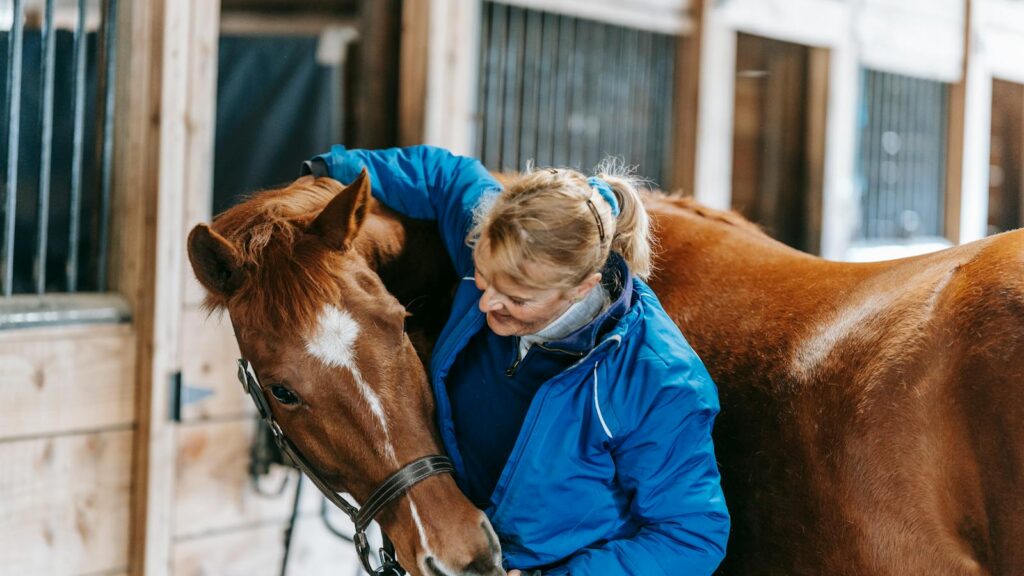
Horses naturally seek security in a herd structure with clear leadership, and your relationship with your horse benefits from establishing yourself as a calm, confident, and consistent leader. This doesn’t mean dominating your horse through force or intimidation, but rather demonstrating the qualities that horses value in their natural leaders: decisiveness, protection, and fairness. A good leader sets clear boundaries and enforces them without emotional reactions like anger or frustration, which horses interpret as dangerous unpredictability. Practice controlling your own emotions around your horse, particularly in challenging situations, as they’re extremely sensitive to energetic shifts in their handlers. When your horse tests boundaries, as all horses will occasionally do, respond with calm, consistent correction rather than punishment or anger. Over time, your horse will come to see you as a source of security rather than stress, a fundamental shift that transforms your relationship.
Prioritize Groundwork and Respect Basic Boundaries
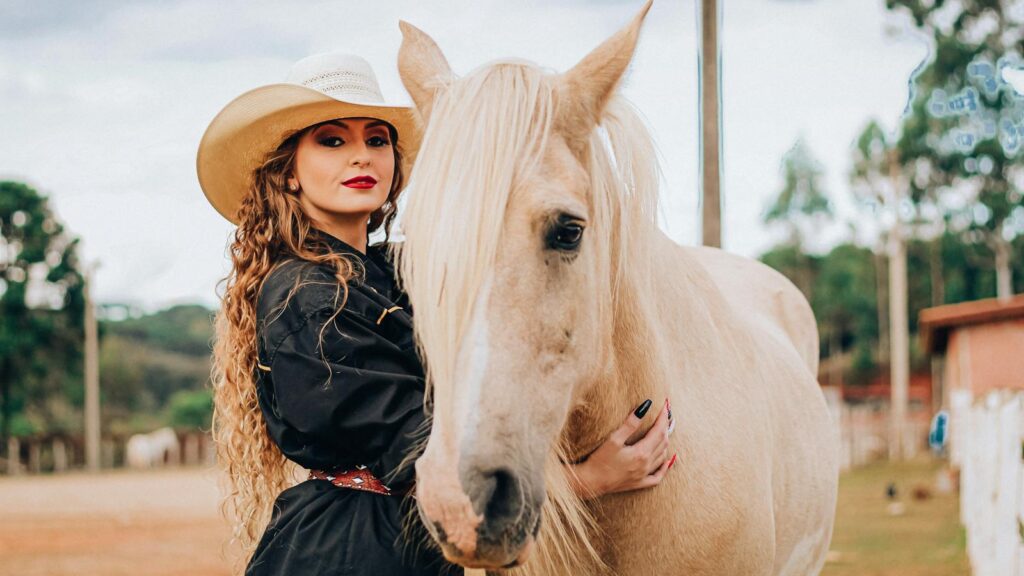
Solid groundwork forms the foundation for all aspects of your relationship with your horse, from basic handling to advanced riding. Before expecting your horse to carry you safely on their back, invest time in establishing clear communication and boundaries on the ground through exercises like leading, yielding hindquarters, backing up, and sending around obstacles. These activities teach your horse to respect your personal space and respond to subtle cues while building their confidence in following your direction. Pay particular attention to seemingly minor interactions like how your horse stands for grooming, accepts the halter, or walks beside you, as these daily moments establish patterns that carry over into all aspects of your work together. Consistent groundwork also provides excellent opportunities to observe your horse’s personality, learning style, and potential anxiety triggers in a safer context than mounted work. Many relationship problems that appear under saddle actually stem from unresolved ground manner issues, making this work essential rather than optional.
Use Positive Reinforcement Effectively
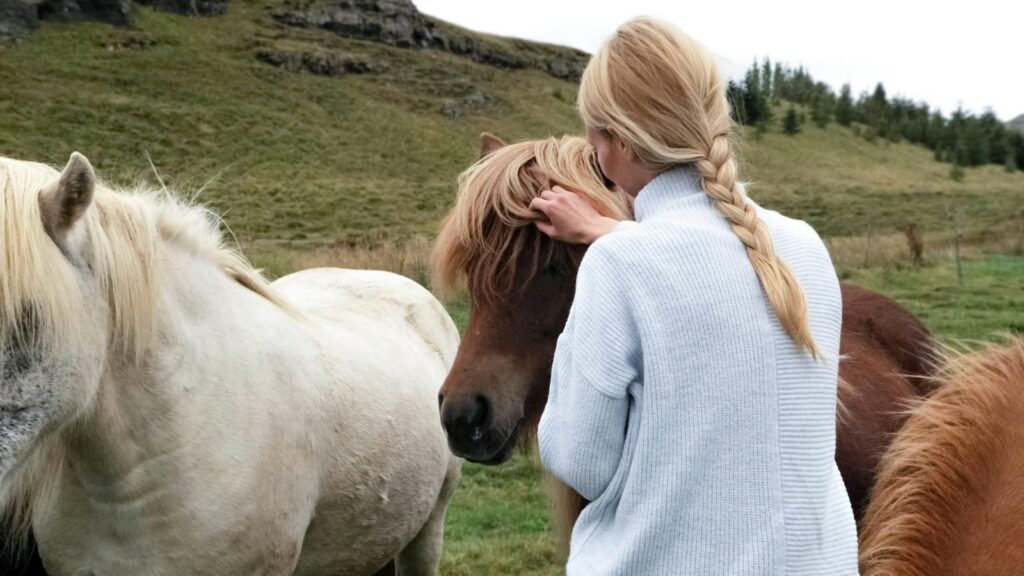
While horses naturally understand the release of pressure as a reward, incorporating positive reinforcement can accelerate trust-building and create enthusiasm for learning. Experiment with rewards that your individual horse finds motivating—some horses respond well to food treats, while others prefer verbal praise, scratching in favorite spots, or brief rest periods. Timing is crucial with positive reinforcement; the reward must come immediately after the desired behavior to create a clear connection in your horse’s mind. For food-motivated horses, consider clicker training as a precise way to mark correct responses before delivering a treat, allowing you to reward specific moments even when you’re not physically close enough to immediately provide the treat. Be mindful that some horses can become pushy or nippy when treats are overused, so balance positive reinforcement with clear boundaries and pressure-release training. The goal is to create a horse who works willingly because they understand and enjoy the interaction, not just to earn rewards.
Address Fear Through Systematic Desensitization

Fear represents one of the greatest barriers to trust between horses and humans, whether it’s fear of specific objects, situations, or handling procedures. Instead of forcing your horse to confront frightening stimuli, implement systematic desensitization—a process of gradually introducing scary objects or experiences at a distance and intensity your horse can tolerate without triggering their flight response. Start with the stimulus far enough away that your horse remains calm, then reward this calmness before incrementally decreasing the distance or increasing the intensity. This might mean initially placing a plastic bag 20 feet away, then gradually bringing it closer over multiple sessions as your horse remains relaxed. Pair this approach with counter-conditioning by associating previously frightening experiences with positive outcomes through treats, praise, or rest. Remember that setbacks are normal in this process, and forcing your horse through fear only reinforces that the object or situation is indeed threatening. Patient desensitization builds your horse’s confidence in both the specific situation and in you as a trustworthy guide who won’t put them in danger.
Practice Mindfulness During Interactions

Horses are remarkably sensitive to human emotional states and often mirror our internal conditions, making mindfulness a powerful tool for improving your relationship. Before interacting with your horse, take a few moments to check in with yourself—notice your breathing pattern, muscle tension, and emotional state, then consciously release tension and center yourself. This practice alone can transform challenging training sessions, as horses respond dramatically differently to a calm, present handler versus an anxious, distracted, or frustrated one. During your time together, practice maintaining awareness of both your body language and your horse’s subtle responses: ear position, eye expression, muscle tension, and breathing rhythm. These indicators provide immediate feedback about how your horse is receiving your communication. When you notice tension or resistance developing, pause and reset rather than pushing through, which helps prevent negative patterns from forming. This mindful approach creates a feedback loop where both you and your horse become increasingly responsive to subtle cues, deepening your communication.
Ensure Comfort and Address Physical Issues

A horse experiencing physical pain or discomfort cannot fully trust or connect with their handler, making regular health and equipment checks essential to relationship building. Establish relationships with qualified equine professionals—veterinarians, dentists, chiropractors, and saddle fitters—who can help identify and address issues that might not be immediately obvious but affect your horse’s willingness to work. Pay particular attention to proper saddle fit, as an uncomfortable saddle creates a direct negative association with riding that undermines trust. Learn to recognize subtle signs of pain in horses, which often manifest as behavioral changes like reluctance to be caught, resistance to saddling, or new performance issues rather than obvious lameness. Remember that horses are stoic by nature, an evolutionary trait that helps them avoid appearing vulnerable to predators, so they often endure considerable discomfort before showing dramatic symptoms. By proactively ensuring your horse’s physical comfort, you demonstrate that you’re a caretaker worthy of their trust rather than a source of pain or discomfort.
Respect Individual Personality and Preferences
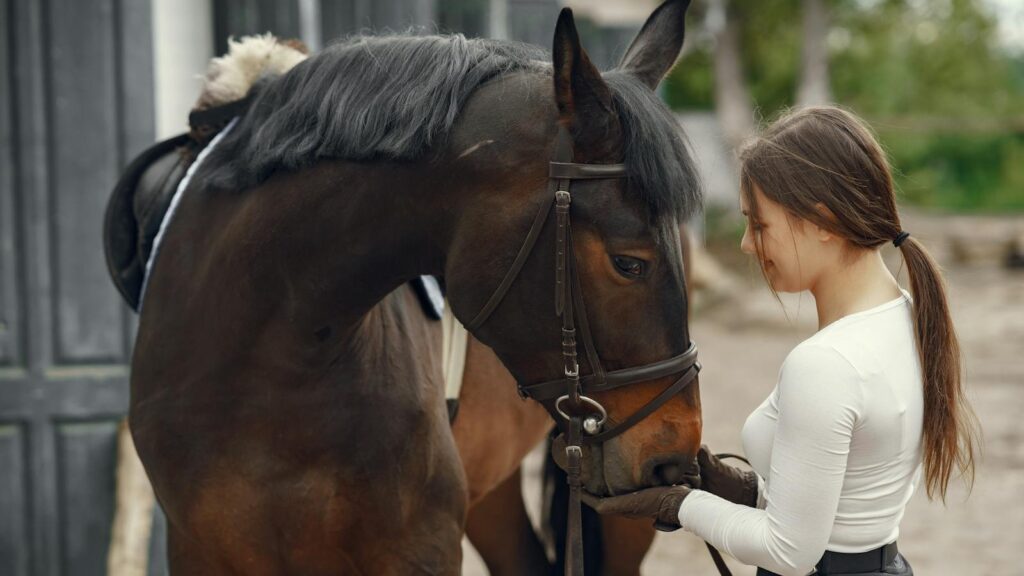
Just like people, horses have distinct personalities, learning styles, and individual preferences that significantly impact how they respond to training approaches. Some horses thrive with frequent changes and challenges, while others require extensive repetition and predictable routines to feel secure. Take time to observe and understand your horse’s unique temperament rather than applying one-size-fits-all training methods that might conflict with their natural inclinations. Notice whether your horse is more extroverted and confident or introverted and cautious, as these traits suggest different approaches to introducing new experiences. Some horses process information primarily visually, while others are more kinesthetic learners, requiring adjustments in how you present new concepts. By adapting your approach to suit your horse’s individual characteristics, you demonstrate respect for their nature rather than forcing them to conform to methods that feel unnatural or stressful to them. This personalized approach builds trust by showing that you’re willing to meet them halfway rather than demanding complete adaptation to your preferences.
Build Confidence Through Progressive Challenges
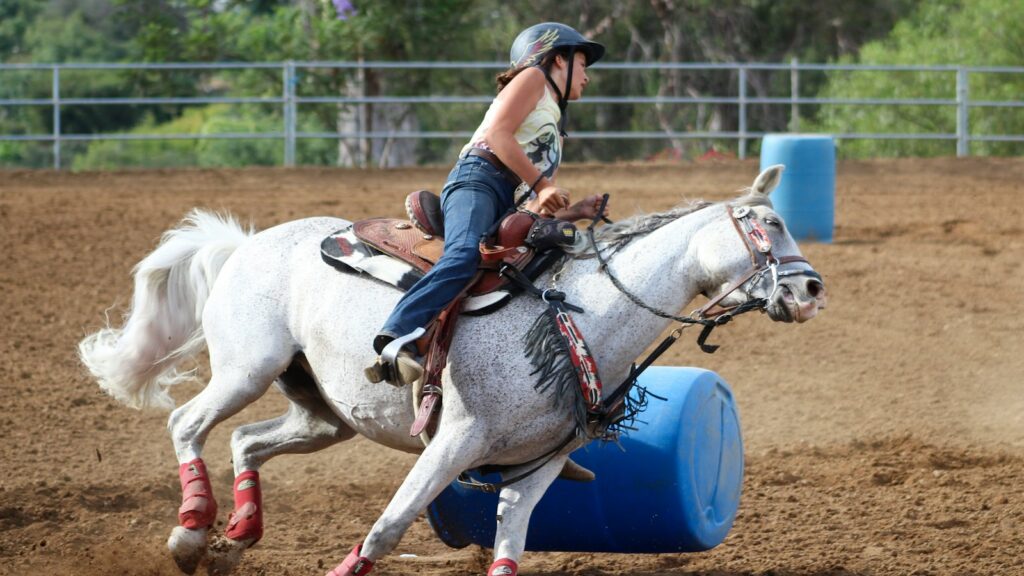
Trust flourishes when your horse learns they can face new situations successfully with you as their partner. Create structured learning experiences with progressively challenging obstacles or tasks that stretch your horse’s comfort zone without overwhelming them. Set up small victories by ensuring your horse can succeed at each step before moving to more difficult challenges, building their confidence in both their own abilities and your leadership. Trail obstacles offer excellent opportunities for this progression—perhaps starting with walking over ground poles, then progressing to small bridges, water crossings, and eventually more technical terrain. When your horse successfully navigates a challenge, take time to acknowledge the achievement with praise and a moment to process the experience rather than immediately moving to the next task. Be particularly attentive to offering support during genuinely frightening moments, as how you handle these situations profoundly impacts your horse’s long-term trust in you. When managed well, these progressive challenges transform potentially scary experiences into confidence-building adventures that strengthen your partnership.
Honor Your Horse’s Need for Equine Companionship
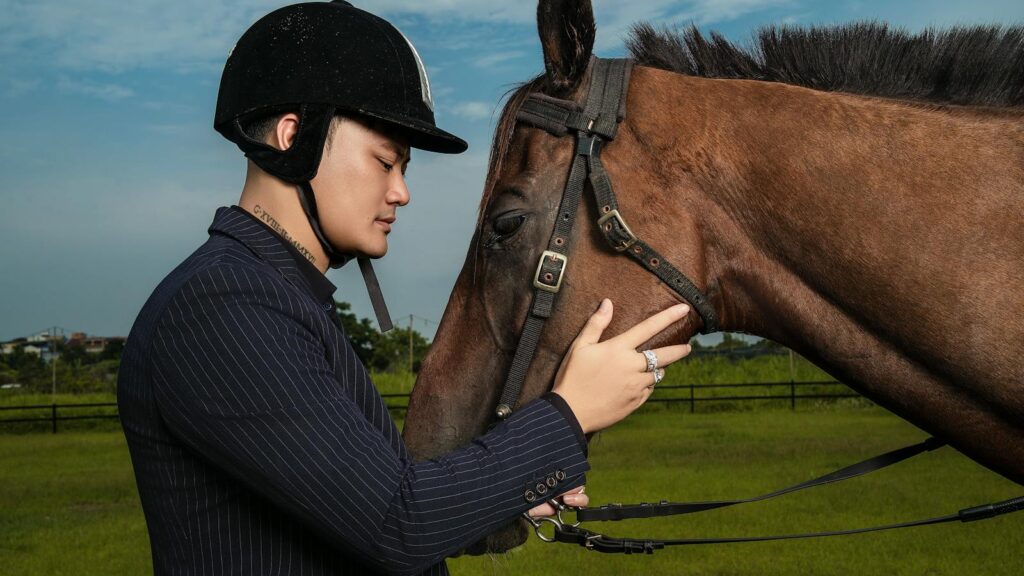
While your bond with your horse is important, it cannot fully replace their innate need for equine companionship. Horses are highly social herd animals whose mental and emotional well-being depends on interaction with other horses, even if that interaction is limited to visual contact across fence lines. Recognize that isolation from other horses creates stress that can manifest as behavior problems, health issues, and difficulty focusing on human interactions. When possible, provide your horse with appropriate equine companions who offer the natural social communication and herd security that humans simply cannot replicate. Observe how different horse companions affect your horse’s overall demeanor—some partnerships create relaxation and security, while others might increase anxiety or encourage undesirable behaviors. By honoring this fundamental need for horse-to-horse connection, you demonstrate empathy for your horse’s nature and remove a significant source of stress that could otherwise undermine your relationship. A horse whose social needs are met will typically have more mental and emotional resources available for building a relationship with their human partner.
Maintain Consistency While Evolving Together
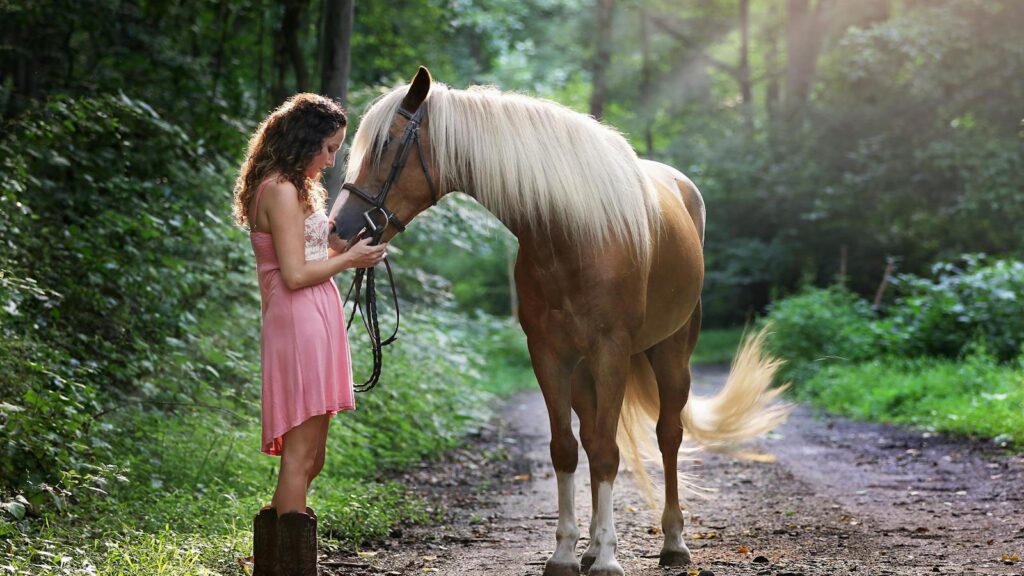
The strongest horse-human bonds develop through consistent basics combined with mutual growth over time. While certain fundamentals should remain constant—clear communication, fair boundaries, and considerate handling—avoid falling into rigid patterns that prevent evolution in your relationship. Periodically reassess your interactions, asking whether your approach still serves your horse’s current needs and abilities rather than automatically continuing methods you’ve used for years. An approach that worked perfectly for your young, green horse might need adjustment as they mature and gain experience. Similarly, your own skills and understanding will develop, allowing for more nuanced communication and deeper connection. Make time for regular “relationship check-ins” where you honestly evaluate what’s working well and what might need refinement. This balanced approach—consistency in core principles combined with flexibility in application—creates a dynamic relationship that can adapt to changing circumstances while maintaining the trust you’ve carefully built together.
Celebrating Small Victories and Progress

Building trust with a horse is a journey measured in small moments of connection rather than dramatic breakthroughs. Learn to recognize and celebrate seemingly minor milestones that actually represent significant trust developments: the first time your previously head-shy horse allows you to touch their ears, when your anxious horse takes a deep breath and relaxes in a formerly stressful situation, or when your independent horse nickersĺ in greeting when they see you approach. Document these moments through journals or photos to help you recognize patterns of progress that might otherwise be missed in day-to-day interactions. Share these victories with supportive fellow horse people who understand their significance rather than only focusing on performance achievements recognized by non-horse people. This celebration of incremental progress maintains your motivation during challenging periods and acknowledges the reality that trust develops gradually through consistent positive experiences rather than through any single interaction. By valuing these small victories, you develop the patience and perspective essential for long-term relationship building with these sensitive, intelligent animals.
Conclusion
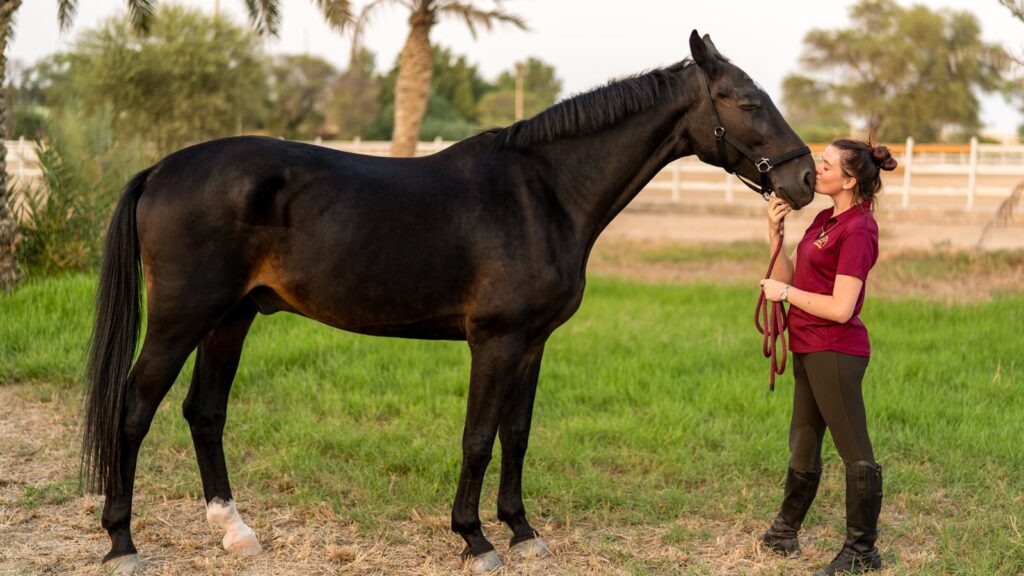
Developing trust and strengthening your bond with your horse is both an art and a science—a delicate balance of technical knowledge and intuitive understanding that evolves over time. This journey requires patience, consistency, and a willingness to view the world through your horse’s eyes rather than imposing purely human expectations. The trust you build becomes the foundation for everything else you hope to achieve together, whether that’s competitive success, recreational enjoyment, or simply the quiet pleasure of mutual understanding. Remember that setbacks are normal parts of the process rather than failures, and that each horse-human relationship develops on its own unique timeline. By committing to these principles of trust-building, you create the conditions for a partnership based on mutual respect and genuine connection—one that transforms both horse and human through its depth and authenticity.






